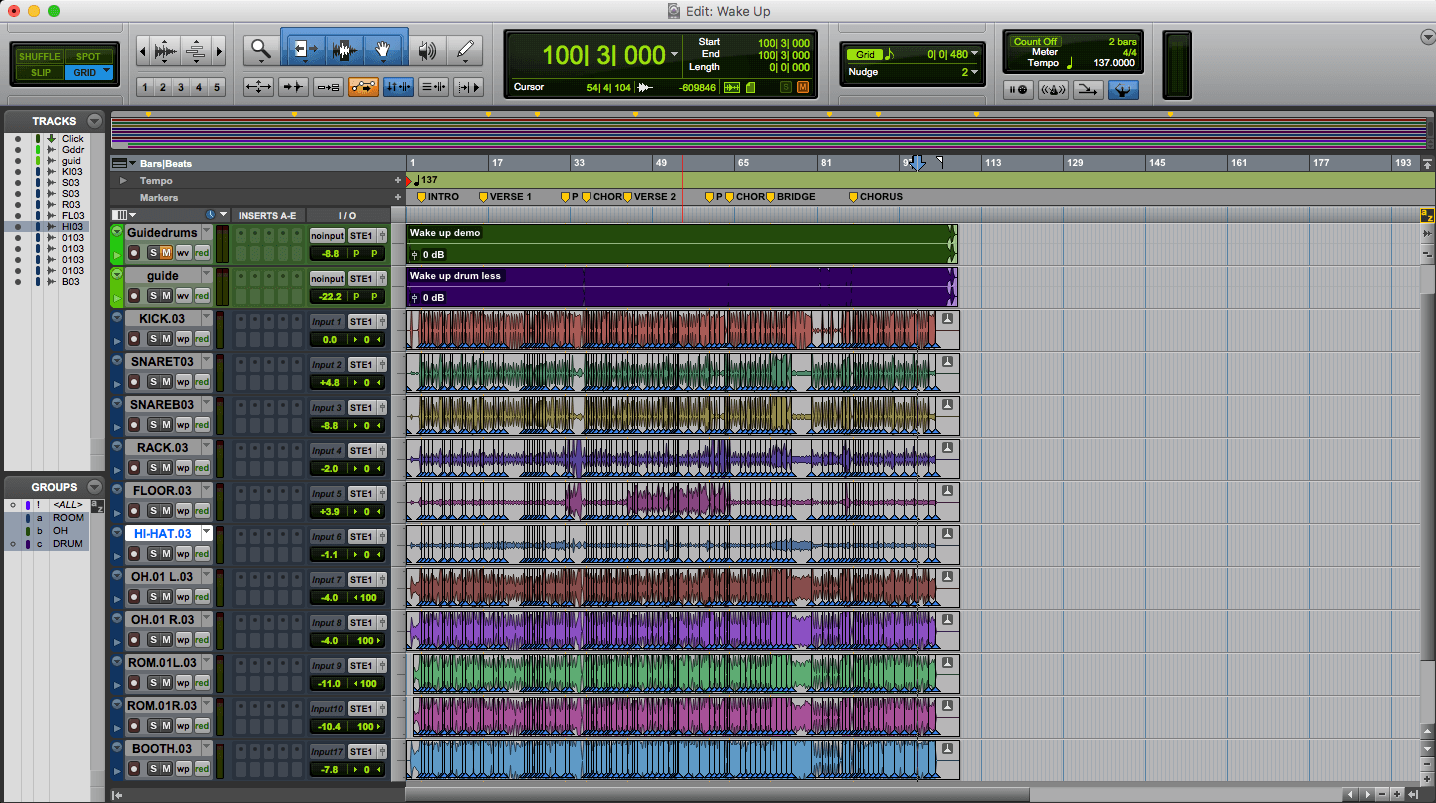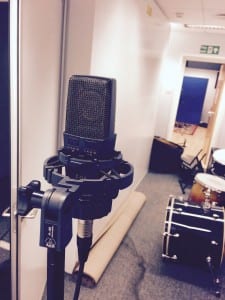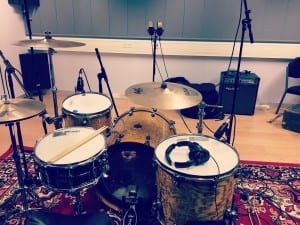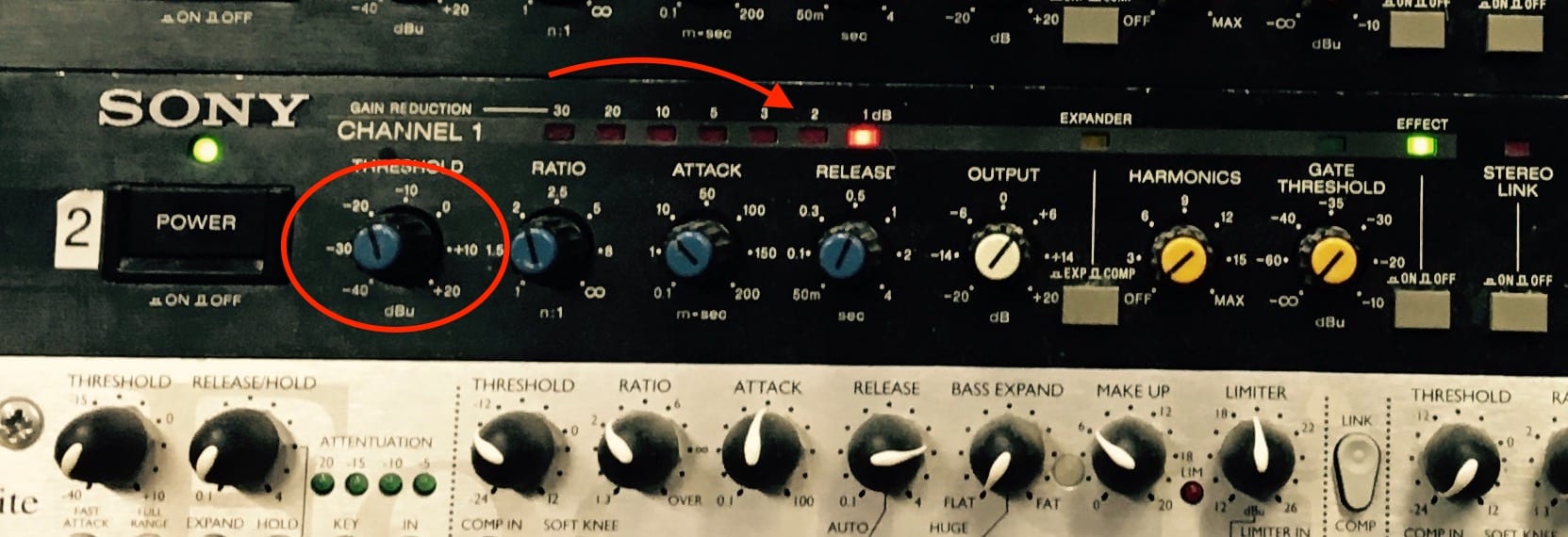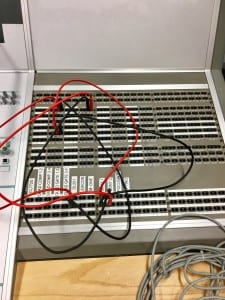At the end of October, Chris Lord-Alge did a live webinar for Waves where he shared some of his own mixing tips and although i’ve implemented the majority of my research in my recording session posts, I wanted to make an individual post about this piece of research as it touches on quite a few aspects that relate to my project and my learning outcomes. Specifically, learning outcome 2 and 3.
The first thing that Chris made a big point about was having an organised session for mixing. Here are some of the key points he made around this topic:
- Try and make your session as condensed as possible without making compromises. This way the session will be lot more manageable, it’ll be easier to navigate and it’ll be easier for you to make the necessary changes.
- Colour code the tracks to what works best for you.
- Use queues/markers to you can easily identify different sections of the song.
- Give tracks short names so they are easier to understand.
- Ensure that all of your tracks have the correct gain structure so they work correctly with your plugins.
- Make comps of tracks where possible to reduce the amount of tracks in your session and make it more manageable.
- Organising is the most important part of mixing. If you can’t manage your session efficiently then you’ll struggle to get a good sounding mix.
Chris also gave some tips on how to get vocals to sit in the mix:
- Make a lead vocal comp onto one track (two if it over laps), ensure it is the same level through out and then consolidate it. This will make the lead vocals easier to mix.
- In terms of processing, he suggests cutting some of the low end to remove rumble, increasing the top end to add shine and then compressing with the CLA-76 to give it more character. He then runs it through the CLA-vocal plugin adding more top end, reverb and delay which also makes the track stereo.
- Using EQ before compression reduces the chances of sibilance and decreases the need to use a de-esser.
From implementing these techniques into my work, I am already finding it easier to navigate through my sessions and make adjustments where necessary. I will continue doing so all the way up until the mix stage where I will also use them to prepare all of the sessions for a mix. I will also use comp and consolidate my vocal tracks to also make them easier to manage when I reach the vocal recording stage.
